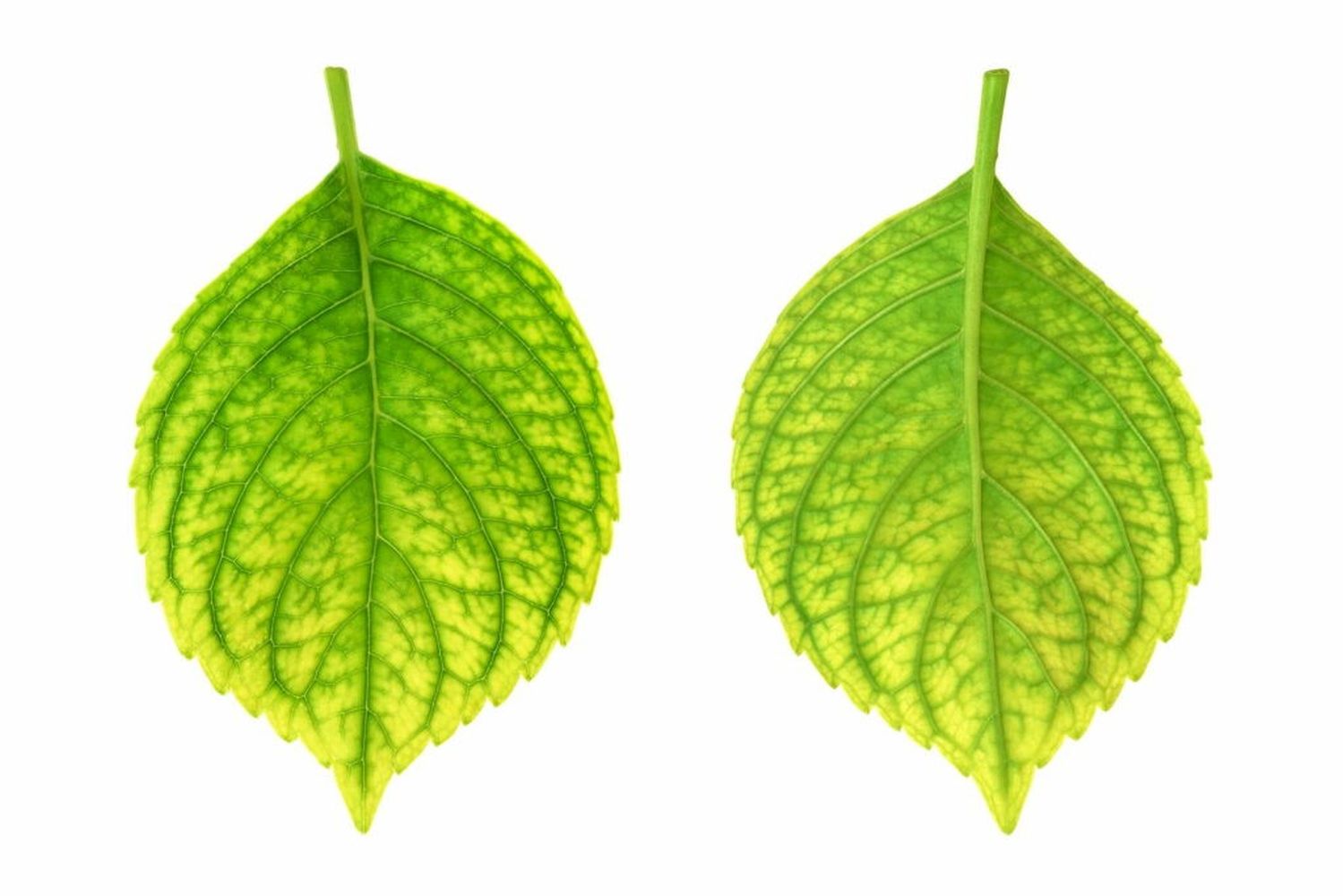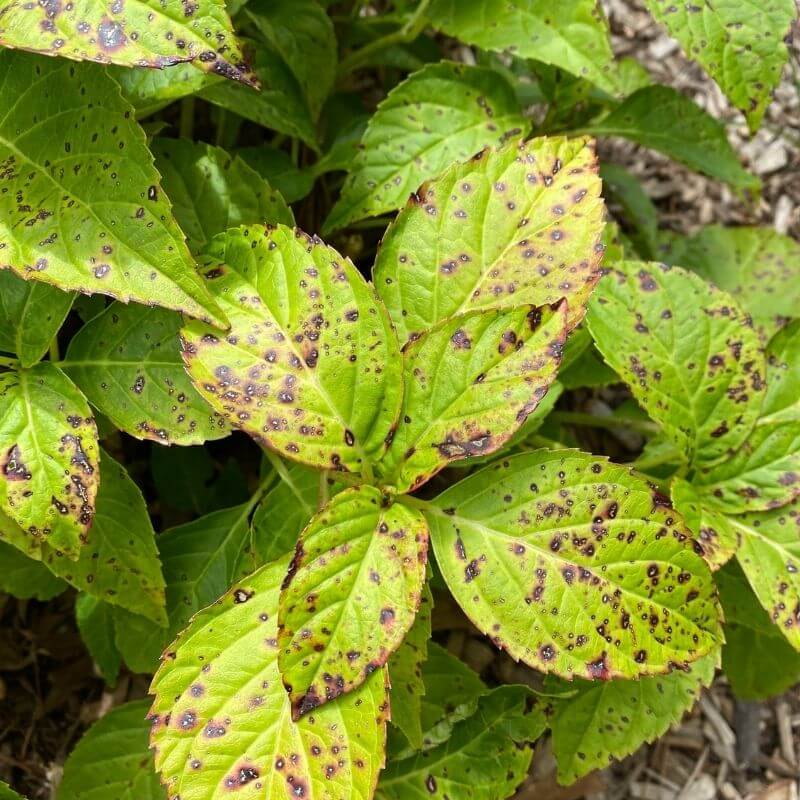Not known Details About Hydrangea Leaves Turning Yellow
Table of ContentsSome Known Factual Statements About Hydrangea Leaves Turning Yellow Some Of Hydrangea Leaves Turning YellowThe Greatest Guide To Hydrangea Leaves Turning YellowAbout Hydrangea Leaves Turning YellowUnknown Facts About Hydrangea Leaves Turning YellowLittle Known Questions About Hydrangea Leaves Turning Yellow.
The container should be large enough so the plant can expand and get all of the water and nutrients it needs. Panicles enjoy the full sun.No matter of the range, plan ahead and make sure your plant has plenty of protection from the wind. You might hair transplant to a brand-new area, or you could produce a wind obstacle using one more plant, or secure fencing.
Decorative yard, Rose of Sharon, or Holly bushes are just a couple of concepts of plants you could utilize to block the wind. If you need to hair transplant, locate an area in your yard that is well secured from sun and wind. Hair transplanting is finest performed in the loss or the springtime.
The Greatest Guide To Hydrangea Leaves Turning Yellow
Every one of the above situations could occur to any kind of garden enthusiast. Fortunately for everyone, hydrangeas are extremely resistant, and will certainly most likely recuperate extremely rapidly with a little love and treatment. The plants place is the most vital variable when it concerns getting established and appropriate development. With a little planning on planting area and appropriate maintenance, you'll be able to ensure your hydrangeas!.
If Hydrangea leaves turn yellow and falls off later, it's generally due to overwatering, as the plant can not uptake water and sheds the leaves to cut off transpiration. Following this, Hydrangea leaves beginning to sag and shrivel. Considering that both conditions can establish yellow leaves, you ought to find the distinction in between the overwatered and underwatered plant.
You can save the plant from yellow fallen leaves by offering it the correct light and positioning. If your plant gets yellow leaves, move it to a dark place.
The 7-Second Trick For Hydrangea Leaves Turning Yellow
Remember, Hydrangeas are just frost tolerant in loss and winter months as they go inactive, and temperature alterations can create yellowing fallen leaves and brownish spots. If it gets as well cozy, the sides of the fallen leaves end up being yellow, transform brown and develop a crispy appearance. Move your potted Hydrangeas away from breezy north-facing windows in the winter season.
Heavy dirt can quickly obstruct the oxygen supply to the origins and sever the connection with the upper components of the plant (fallen leaves). Hydrangea leaves change their color if they locate minor inconveniences in the dirt composition. This issue can cause the Hydrangea leaves to turn yellow, experience from leaf declines, and provide a saggy plant in sync with overwatering.
However, yellow fallen leaves in Hydrangeas are the first indications of condition invasion, commonly followed by black places, browning, goes down, and wilting. Separate the unhealthy or pest-infested plant webpage from the healthy and balanced plants to protect against disease spread. If it is a yard plant, remove all the infected leaves making use of sanitized devices and tidy up all the debris.
Hydrangea Leaves Turning Yellow Things To Know Before You Get This

Avoid reducing healthy or eco-friendly fallen leaves, and do not remove even more than 25% of the plant's foliage. The major factor behind the red leaves in Hydrangea is poor soil or ecological problems.
Additionally, repot the plant yearly in spring or every 2 years if the growth rate is slow-moving.
9 Simple Techniques For Hydrangea Leaves Turning Yellow

Each reason impacts the plant in a means that can be repaired if we comprehend exactly how to care for hydrangeas the ideal method. When we chat about poor light for hydrangeas, we suggest that the plant isn't obtaining enough sunshine.
Without enough sunshine, the leaves can transform yellow, the plant can end up being weak, and blog it might produce less blooms. To make certain a hydrangea receives ample light, it ought to be put in a spot where it can appreciate the morning light and be secured from the extreme mid-day sun. Overwatering is anchor when a hydrangea plant gets even more water than it requires.
About Hydrangea Leaves Turning Yellow

Without sufficient air, the roots can not do their job well, and the plant starts to endure. Yellow fallen leaves might be an indicator that the plant is getting excessive water. On the other hand, dehydration occurs when the plant does not get adequate water. Like people, plants require water to stay healthy.
This issue prevails in the loss as the weather adjustments or if a hydrangea is planted in a spot where it does not get adequate heat from the sun. It is very important to understand the best problems for hydrangeas to avoid low-temperature tension. As an example, many hydrangeas grow best in zones 6 to 9, where the environment is milder.
It's crucial to understand that this type of yellowing is various from the yellowing triggered by issues like as well much water or otherwise adequate light. If the yellow leaves are primarily at the base of the plant and the remainder of the plant looks healthy and balanced, it can simply suggest that the leaves are simply getting old - Hydrangea Leaves Turning Yellow.